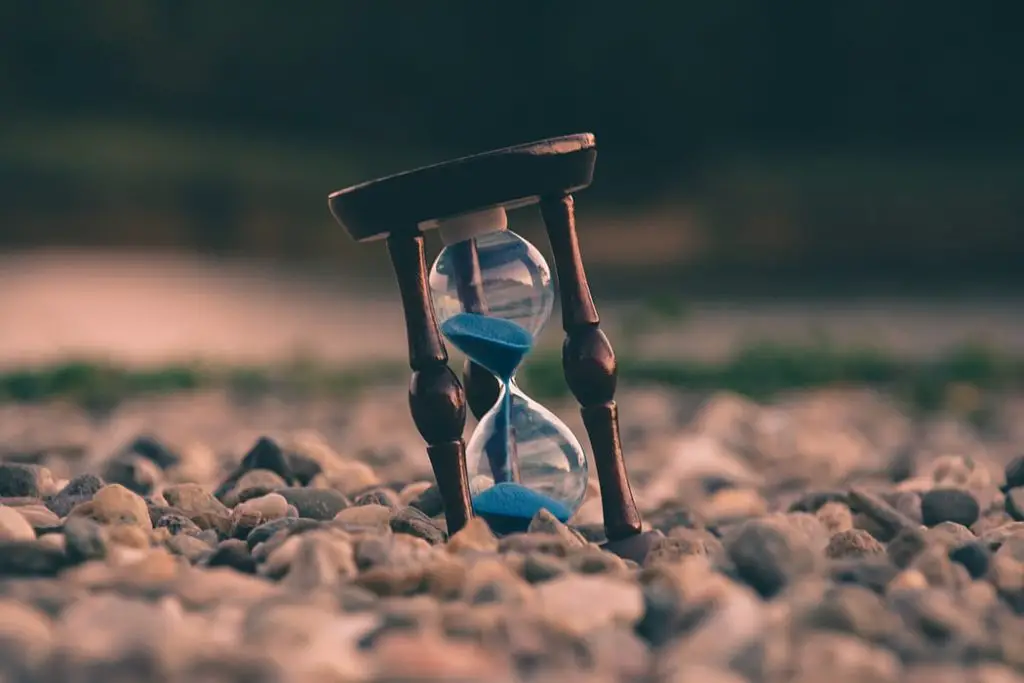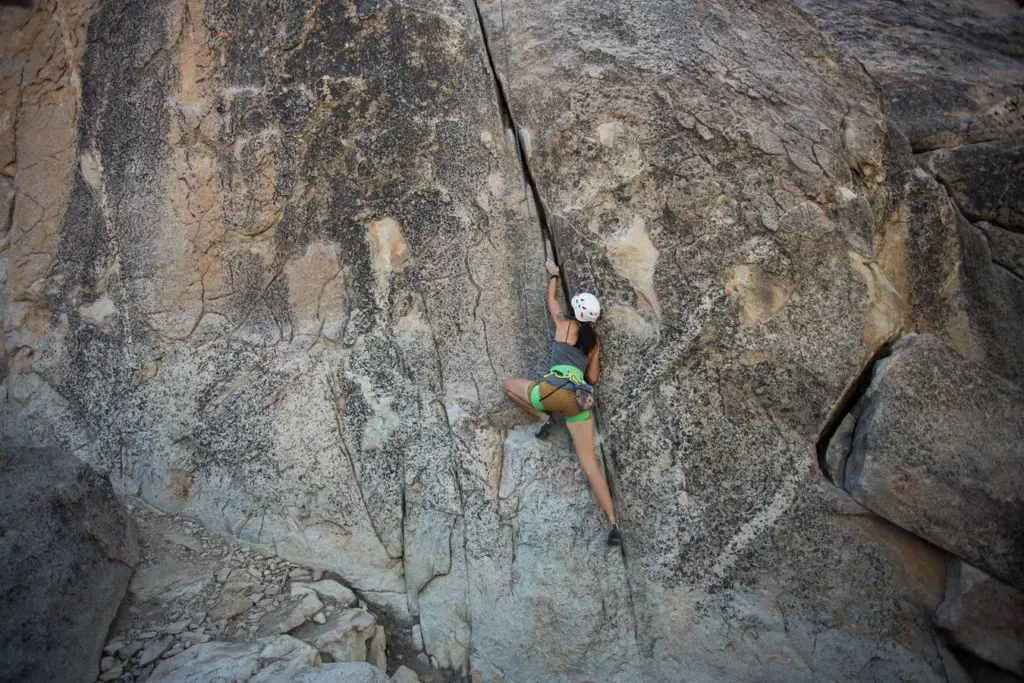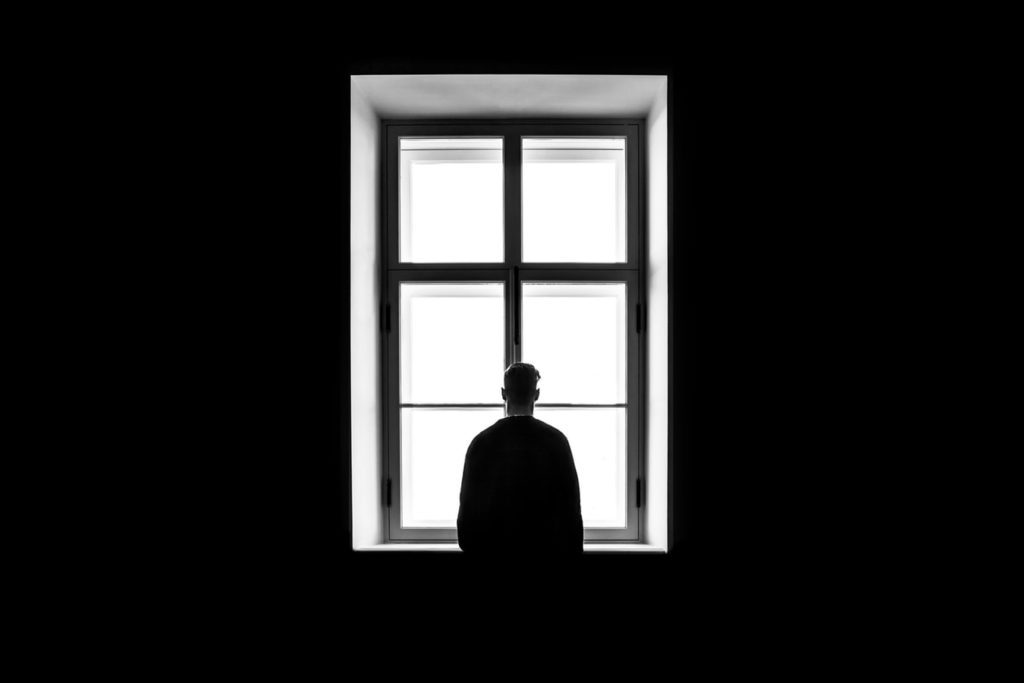[fusion_builder_container hundred_percent=”no” hundred_percent_height=”no” hundred_percent_height_scroll=”no” hundred_percent_height_center_content=”yes” equal_height_columns=”no” menu_anchor=”” hide_on_mobile=”small-visibility,medium-visibility,large-visibility” status=”published” publish_date=”” class=”@media only screen and ( min-width: 800px ) {padding-top: 0px; padding-right: 5px; padding-bottom: 0px; padding-left: 5px; }” id=”” background_color=”” background_image=”” background_position=”center center” background_repeat=”no-repeat” fade=”no” background_parallax=”none” enable_mobile=”no” parallax_speed=”0.3″ video_mp4=”” video_webm=”” video_ogv=”” video_url=”” video_aspect_ratio=”16:9″ video_loop=”yes” video_mute=”yes” video_preview_image=”” border_size=”” border_color=”” border_style=”solid” margin_top=”-30px” margin_bottom=”” padding_top=”” padding_right=”12%” padding_bottom=”” padding_left=”12%” admin_label=”Large Screen text”][fusion_builder_row][fusion_builder_column type=”1_1″ type=”1_1″ layout=”1_1″ spacing=”” center_content=”no” link=”” target=”_self” min_height=”” hide_on_mobile=”small-visibility,medium-visibility,large-visibility” class=”” id=”” background_color=”” background_image=”” background_image_id=”” background_position=”left top” background_repeat=”no-repeat” hover_type=”none” border_size=”0″ border_color=”” border_style=”solid” border_position=”all” border_radius=”” box_shadow=”no” dimension_box_shadow=”” box_shadow_blur=”0″ box_shadow_spread=”0″ box_shadow_color=”” box_shadow_style=”” padding_top=”” padding_right=”” padding_bottom=”” padding_left=”0px” margin_top=”” margin_bottom=”” animation_type=”” animation_direction=”left” animation_speed=”0.3″ animation_offset=”” last=”true” first=”true”][fusion_text columns=”” column_min_width=”” column_spacing=”” rule_style=”default” rule_size=”” rule_color=”” hide_on_mobile=”small-visibility,medium-visibility,large-visibility” class=”” id=”” animation_type=”” animation_direction=”left” animation_speed=”0.3″ animation_offset=””]
[/fusion_text][fusion_title title_type=”text” rotation_effect=”bounceIn” display_time=”1200″ highlight_effect=”circle” loop_animation=”off” highlight_width=”9″ highlight_top_margin=”0″ before_text=”” rotation_text=”” highlight_text=”” after_text=”” content_align=”left” size=”1″ font_size=”” animated_font_size=”” line_height=”” letter_spacing=”” text_color=”” animated_text_color=”” highlight_color=”” style_type=”default” sep_color=”” animation_type=”” animation_direction=”left” animation_speed=”0.3″ animation_offset=”” hide_on_mobile=”small-visibility,medium-visibility,large-visibility” class=”” id=”” fusion_font_variant_title_font=”” margin_bottom=”-55px” margin_bottom_mobile=”-50px”]
Our Fear of Death (and How it Affects Us)
[/fusion_title][fusion_sharing tagline=”” tagline_color=”” backgroundcolor=”#d6d6d6″ title=”” link=”” description=”” icons_boxed=”no” icons_boxed_radius=”” color_type=”brand” icon_colors=”” box_colors=”” tooltip_placement=”” pinterest_image=”” pinterest_image_id=”” hide_on_mobile=”small-visibility,medium-visibility,large-visibility” class=”” id=”” /][fusion_imageframe image_id=”2353|full” max_width=”1000px” style_type=”bottomshadow” blur=”” stylecolor=”” hover_type=”none” bordersize=”0″ bordercolor=”#000000″ borderradius=”” align=”center” lightbox=”no” gallery_id=”” lightbox_image=”” lightbox_image_id=”” alt=”” link=”” linktarget=”_self” animation_type=”” animation_direction=”left” animation_speed=”0.3″ animation_offset=”” hide_on_mobile=”small-visibility,medium-visibility,large-visibility” class=”” id=”” filter_hue=”0″ filter_saturation=”100″ filter_brightness=”100″ filter_contrast=”100″ filter_invert=”0″ filter_sepia=”0″ filter_opacity=”100″ filter_blur=”0″ filter_hue_hover=”0″ filter_saturation_hover=”100″ filter_brightness_hover=”100″ filter_contrast_hover=”100″ filter_invert_hover=”0″ filter_sepia_hover=”0″ filter_opacity_hover=”100″ filter_blur_hover=”0″]https://myquestionlife.com/wp-content/uploads/2020/03/s1.jpeg[/fusion_imageframe][fusion_separator style_type=”default” sep_color=”” border_size=”” icon=”” icon_size=”” icon_circle=”” icon_circle_color=”” alignment=”center” hide_on_mobile=”small-visibility,medium-visibility,large-visibility” class=”” id=”” /][fusion_text columns=”” column_min_width=”” column_spacing=”” rule_style=”default” rule_size=”” rule_color=”” animation_type=”” animation_direction=”left” animation_speed=”0.3″ animation_offset=”” hide_on_mobile=”small-visibility,medium-visibility,large-visibility” class=”” id=””]
This week I spent hours researching the age-old question, “What is the meaning of life?” As I poured over the books, my notebook blossomed with words like happiness, transcendence, and subjective well-being. I crafted a long list of possible blog titles.
I planned on using this newsletter to work through some of these repeated themes.
But, as I read through 17 synonyms for “happiness,” an underrepresented idea began to scratch at the back of my mind. (You know, kind of like when you first realize you have a mosquito bite, and you itch it, and suddenly it turns into a fiery, tumultuous volcanic?). A concept that was mentioned only once or twice in my reading – but one that slowly began to get hotter, metaphorically speaking.
That concept is death. In particular, our fear of death.
In all the books I read on happiness and life purpose, only two mentioned death.
One did so to make you question your impact. It posed the scenario: if you died, how would people at your funeral describe you?
The other did so under the context of perspective. It wanted you to ask the clichéd question, If you die tomorrow, what would you regret not doing?
Now, I’m not knocking on clichés. Things are repeated because they’re important. (Well, that, and because our brains have an elaborate system of retrieving and storing new information in pre-defined schemas to handle such large amounts of stimuli). But I couldn’t help but think, with everything we consider about the meaning of life, shouldn’t we at least acknowledge death?
And so, I did some more research.
The theory of evolution revolves around one foundational belief: organisms want to survive. So much so, in fact, that living beings literally transform their genetic makeup to survive whatever physical threats meet them. Hence, monkeys turned into homo sapiens (and like, a whole slew of evolutionary links before that).
This means that, in our very DNA, we are wired to a possess a fear of death.
As I write this, I imagine two voices rise up. The first says, “We’ve heard you talk about evolutionary roots before.” Correct (and you’ll hear it again). The second, “Um… yeah duh. Who wouldn’t have a fear of death?” Also true, but too shallow for our purposes today.
The fear of death is a human’s underlying motivation for everything.
Sure, our modern world has made this fear more subtle. (For instance, I don’t wake up, check my email, and hop in the shower with a mindset for imminent destruction). This subtly, however, is what makes it so powerful.
What if I told you our fear of death causes a $400 difference in bail amount for judges? Or that it’s the reason soldiers are willing to drive faster and more recklessly? Or why Donald Trump is president?
xx
To understand why death has such a profound effect on us, we need to look to our brains and a paradox they have created. Our highly developed, intelligent brain teaches us that death is inevitable. But, at the same time, it is impossible to imagine being dead.
Try it yourself. What does being dead look like to you? Images of tombstones might come to mind, but I’d wager to guess that you’re still thinking about yourself through some lens of existing.
This paradox, therefore, profoundly affects our actions.
Terror Management Theory attempts to explain how human actions are influenced by their fear of death. Led by Shelden Solomon, researches have proven that we change our behavior when we are made aware of our death in three distinct ways.
Three Effects of our Fear of Death:
1. We retreat into our cultural safe havens.
When the inevitability of death is in front of us, our brains switch to survival mode – in any way that we can. For many of us, this means that we look to larger groups or societies that will live on. Maybe we will die, but our values and communities will live on, right?
We cling to our belief systems with the vehemence of a child refusing to get in the bathtub. For the study on judges, this meant coming down with harsher bail requirements for prostitutes because they fell outside of “cultural beliefs.” Filling out a simple questionnaire about death impacted their decision significantly (despite the judges adamantly arguing that it didn’t).
2. We strive to boost our self-esteem
If we’re not trying to promote our belief systems, then we’re trying to promote ourselves. It’s like a bad Western movie standoff outside of the saloon. Okay, Death, I see you – but check out what I can do – POW POW.
This need to feel better about ourselves leads to irrational decisions, reckless goals, and even, in some cases, heightened dangerous acts. In one study, Israeli soldiers drove more recklessly after being reminded of their mortality.
3. We follow charismatic leaders
Finally, the desire to be a part of something larger makes us susceptible to charismatic leaders. This happens because a) we fear death and want to live on, and b) they provide us a clear and inspired vision to do so.
Studies back in 2015 and 2016 showed this impact in the campaign between Hillary Clinton and Donald Trump. The initial findings showed that participants preferred Clinton to Trump in a benign state of mind. However, when participants were reminded of their mortality, their enthusiasm and support for President Trump significantly increased. (Thus, why his campaign is successful when he brings up issues like terrorism and dangerous immigrants).
[/fusion_text][fusion_separator style_type=”single solid” sep_color=”#000000″ border_size=”” icon=”” icon_size=”” icon_circle=”” icon_circle_color=”” alignment=”center” hide_on_mobile=”small-visibility,medium-visibility,large-visibility” class=”” id=”” top_margin=”20px” bottom_margin=”35px” width=”200px” /][fusion_text columns=”” column_min_width=”” column_spacing=”” rule_style=”default” rule_size=”” rule_color=”” animation_type=”” animation_direction=”left” animation_speed=”0.3″ animation_offset=”” hide_on_mobile=”small-visibility,medium-visibility,large-visibility” class=”” id=””]
These three effects are clearly significant. But in all these cases, what does “being reminded of mortality and death” look like?
Interestingly enough, it can be a wide range of things. Some studies created conversations based on mortality. Others had to fill out a survey considering their own death. In some cases, they simply placed participants near a cemetery.
Here, I will repeat myself: the fear of death is a human’s underlying motivation for everything.
So how does this motivation connect to happiness?
Great question, and one that I’ve been grappling with all day. I do believe there’s merit in considering your own death to evaluate your life. What is your impact on others? Would you have regrets?
I also think we need to examine death more closely as a concept.
If we are driven by fear, we’re diminishing our chances of creating a purposeful life filled with joy, happiness, and love. The fear of death governs our behaviors in ways that we’re unaware of. Not only does this hold us back, but it blocks the self-awareness we so desperately need to be happy.
Everyone dies. You will die. I will die.
The sooner we can accept this as fact, the sooner we can stop chasing unrealistic and impossible pursuits to avoid death. Instead, we can find purpose in the life we have now.
*Many of these studies and concepts came from the podcast Hidden Brain by NPR. In particular, the episode “We’re All Gonna Die!” and the episode “We’re All Gonna Live Forever!”
.
[/fusion_text][/fusion_builder_column][/fusion_builder_row][/fusion_builder_container][fusion_builder_container admin_label=”Large Screen follow-up” hundred_percent=”no” hundred_percent_height=”no” hundred_percent_height_scroll=”no” hundred_percent_height_center_content=”yes” equal_height_columns=”no” menu_anchor=”” hide_on_mobile=”small-visibility,medium-visibility,large-visibility” status=”published” publish_date=”” class=”” id=”” border_size=”0″ border_color=”” border_style=”solid” margin_top=”” margin_bottom=”” padding_top=”” padding_right=”10%” padding_bottom=”” padding_left=”10%” gradient_start_color=”” gradient_end_color=”” gradient_start_position=”0″ gradient_end_position=”100″ gradient_type=”linear” radial_direction=”center center” linear_angle=”180″ background_color=”#000000″ background_image=”” background_position=”center center” background_repeat=”no-repeat” fade=”no” background_parallax=”none” enable_mobile=”no” parallax_speed=”0.3″ background_blend_mode=”none” video_mp4=”” video_webm=”” video_ogv=”” video_url=”” video_aspect_ratio=”16:9″ video_loop=”yes” video_mute=”yes” video_preview_image=”” filter_hue=”0″ filter_saturation=”100″ filter_brightness=”100″ filter_contrast=”100″ filter_invert=”0″ filter_sepia=”0″ filter_opacity=”100″ filter_blur=”0″ filter_hue_hover=”0″ filter_saturation_hover=”100″ filter_brightness_hover=”100″ filter_contrast_hover=”100″ filter_invert_hover=”0″ filter_sepia_hover=”0″ filter_opacity_hover=”100″ filter_blur_hover=”0″][fusion_builder_row][fusion_builder_column type=”1_1″ type=”1_1″ layout=”1_1″ spacing=”” center_content=”no” link=”” target=”_self” min_height=”” hide_on_mobile=”small-visibility,medium-visibility,large-visibility” class=”” id=”” background_color=”” background_image=”” background_image_id=”” background_position=”left top” background_repeat=”no-repeat” hover_type=”none” border_size=”0″ border_color=”” border_style=”solid” border_position=”all” border_radius=”” box_shadow=”no” dimension_box_shadow=”” box_shadow_blur=”0″ box_shadow_spread=”0″ box_shadow_color=”” box_shadow_style=”” padding_top=”” padding_right=”” padding_bottom=”” padding_left=”” margin_top=”” margin_bottom=”” animation_type=”” animation_direction=”left” animation_speed=”0.3″ animation_offset=”” last=”true” first=”true”][fusion_title hide_on_mobile=”small-visibility,medium-visibility,large-visibility” class=”” id=”” content_align=”center” size=”1″ font_size=”” line_height=”” letter_spacing=”3px” margin_top=”5px” margin_bottom=”-40px” margin_top_mobile=”” margin_bottom_mobile=”” text_color=”#4f81ef” style_type=”double solid” sep_color=”#0220ff”]Interested in more ideas?[/fusion_title][fusion_text columns=”” column_min_width=”” column_spacing=”” rule_style=”default” rule_size=”” rule_color=”” hide_on_mobile=”small-visibility,medium-visibility,large-visibility” class=”” id=””]
Like what you read? Sign up to get my weekly newsletter, along with updates about my latest posts and content. Join a growing community of people who believe that we can change the world and our lives by being curious.
[/fusion_text][fusion_code]PGRpdiBjbGFzcz0ibWwtZm9ybS1lbWJlZCIKICBkYXRhLWFjY291bnQ9IjE2MDM3ODY6ajRsMGozaTVtMSIKICBkYXRhLWZvcm09IjE4NDAwOTY6djd4N2s3Ij4KPC9kaXY+[/fusion_code][/fusion_builder_column][/fusion_builder_row][/fusion_builder_container]



